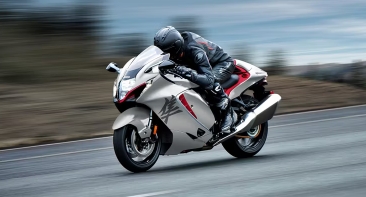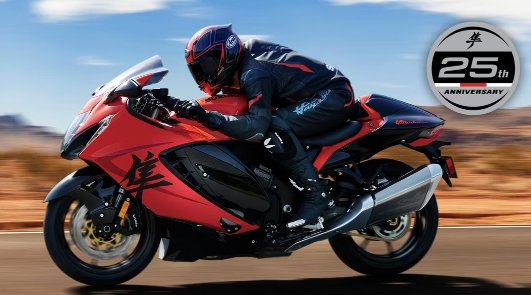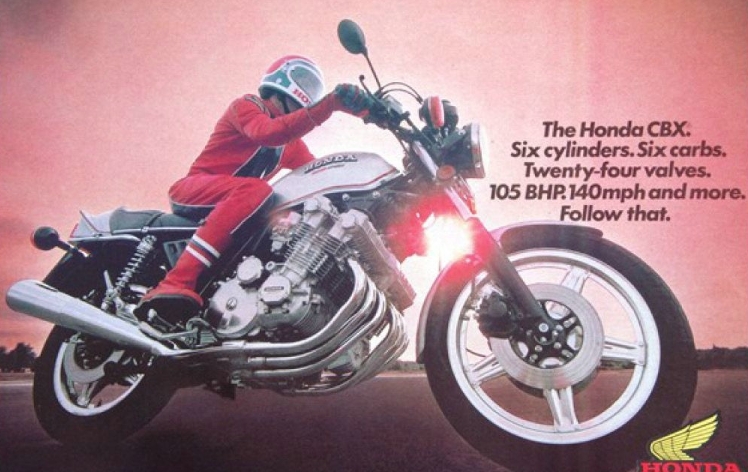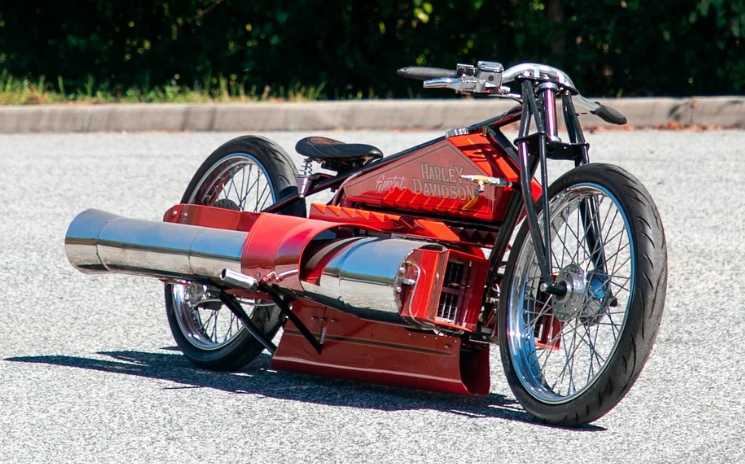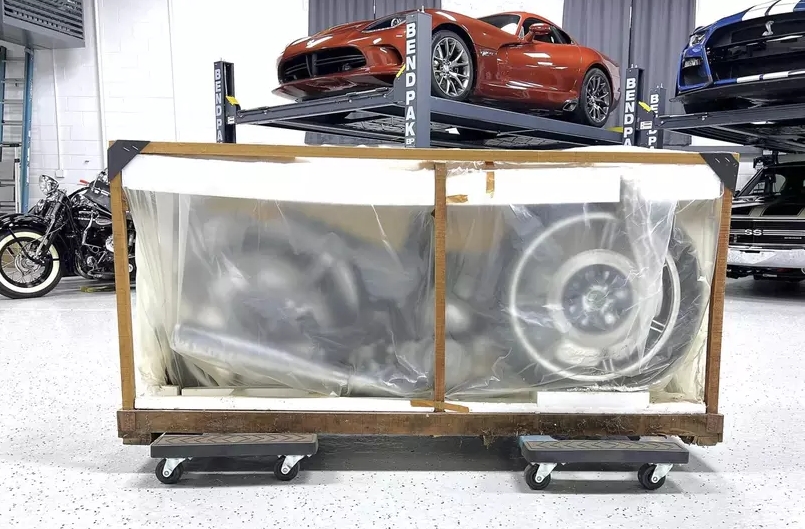Exploring the Many Accolades of the Suzuki Hayabusa: From Outperforming Japanese Rivals to Breaking the 300kmph Barrier
Anniversaries are moments of significance that call for memorable celebrations. When it comes to the 25th anniversary of the Suzuki Hayabusa, the iconic flagship motorcycle, Suzuki is determined to make it truly special. In honor of this milestone, the bikemaker has unveiled a limited edition model that pays tribute to the legacy of the Hayabusa. This exclusive edition boasts distinctive features such as a striking Orange/Black paint scheme, a luxurious golden chain adjuster, and a color-matched cowl included as standard equipment.
The Suzuki Hayabusa First Broke Cover In 1998
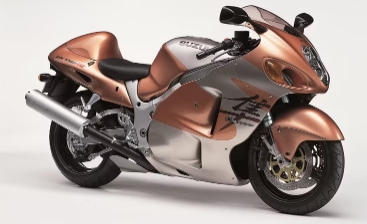
However, simply commemorating the occasion is not enough. The Suzuki Hayabusa deserves more than just a somber celebration. It calls for a nostalgic journey through its illustrious history. While other “fastest motorcycles” have come and gone, the Hayabusa has stood the test of time, unrivaled in its performance and legacy. Let us now delve into what makes the Hayabusa truly extraordinary and why it continues to be an icon in the motorcycle world.
The Hayabusa showcased a distinctive design that deviated from the sharp angles seen on its competitors, such as the Kawasaki Ninja ZX-12R. Its sleek and curvaceous body, combined with a futuristic appeal, made it a true standout. The Hayabusa’s emphasis on aerodynamics was evident, enabling it to slice through the air effortlessly. Adding to its allure were the dual-tone liveries that elevated its aesthetic appeal. This design philosophy would later be embraced by Kawasaki in the successor to the Ninja ZX-12R, the Ninja ZX-14R, showcasing the influence and impact of the Hayabusa’s revolutionary approach.
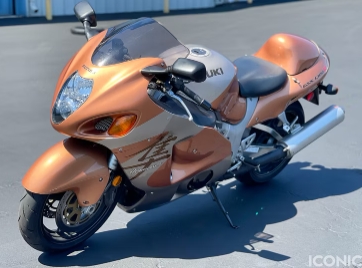
The highlight of the Hayabusa was undoubtedly its powerhouse. Suzuki developed an entirely new inline-four engine specifically for the Hayabusa, featuring a cubic capacity of 1,298cc, an 81 mm bore, and a 63 mm stroke. This formidable engine generated an impressive output of 172.5 horsepower at 9,800 RPM and 102 pound-feet of torque at 7,000 RPM, which was unrivaled in its class. The power was efficiently transferred to the wheel through a six-speed gearbox. These exceptional performance figures propelled the sport bike far ahead of its competitors. In fact, the Hayabusa made history by becoming the first motorcycle to surpass the 300kmph mark (186mph), earning it the prestigious title of the ‘fastest production bike on the market.’
Suzuki recognized that the Hayabusa was more than just a speed demon; practicality was also a key consideration. The Japanese manufacturer implemented several features to enhance the bike’s usability. Bungee cord hooks allowed for secure luggage attachment, while storage space beneath the pillion saddle provided convenient storage options. The easy-to-open hinged fuel tank simplified refueling, and the generously-sized windscreen offered excellent wind protection during long-distance rides. Furthermore, the comfortable riding triangle ensured rider comfort, making extended journeys a pleasure. Suzuki even offered an optional center stand for easy maintenance, demonstrating their commitment to convenience and practicality.
Suzuki Updated The Hayabusa With Even More Power
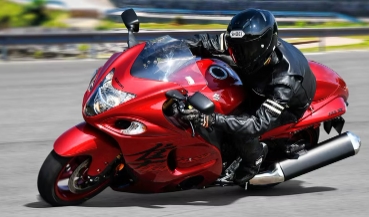
Following the remarkable success of the first-generation Hayabusa, Suzuki focused on enhancing the motorcycle’s performance behind the scenes. Approximately a decade later, the manufacturer unveiled the second generation of the Hayabusa for the 2008 model year, which proved to be the most powerful iteration yet. The significant upgrade was made to the engine, increasing the stroke by two millimeters. As a result, the inline-four engine now boasted a displacement of 1,339cc, delivering an impressive output of 195 horsepower and 114 pound-feet of torque. This substantial increase in power further solidified the Hayabusa’s reputation as a high-performance machine.
With the significant advancements made, the second-generation Hayabusa received an additional feature known as the SDMS (Suzuki Drive Mode Selector) system. This innovative system allowed riders to adjust the horsepower output according to their specific requirements, offering three different modes for highway riding, track performance, or daily commuting. As expected, these updates resulted in a slight weight increase, with the Hayabusa now weighing in at 485 pounds (dry). While it may seem heavy, this weight actually worked in favor of the Hayabusa, providing exceptional stability when riding in a straight line. This characteristic made it the preferred choice among drag racers, who capitalized on its reliable engine and stability. Consequently, the drag racing community witnessed the emergence of numerous specially modified Hayabusas built for high-speed competition.
The Third-Generation Suzuki Hayabusa Debuted In 2021
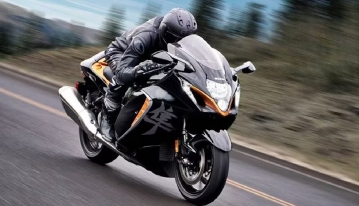
While other competitors faded away, Suzuki refused to put a halt to its iconic legacy. After an impressive 11-year run, the bikemaker astounded the world with the introduction of the all-new, third-generation Hayabusa. This latest iteration underwent a significant design transformation, showcasing a sharper and more aggressive aesthetic. Rest assured, it still retained the unmistakable Hayabusa identity, but the updated front fascia, tail section, fairings, and exhaust system featured a plethora of sharp lines and modern styling cues, reminiscent of contemporary superbikes.
To complement the revamped design, Suzuki incorporated a wealth of modern technology into the new Hayabusa. Standard features included traction control, a bi-directional quickshifter, launch control, ride modes, and an IMU (Inertial Measurement Unit), all seamlessly integrated into the motorcycle. The instrument cluster received an upgrade with a TFT display, providing a clear and informative interface. Enhancing the braking performance, the package also included Brembo Stylema brakes.
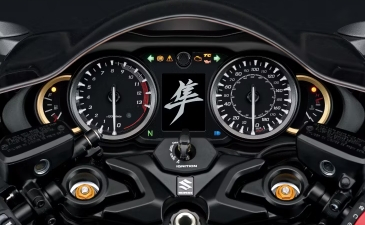
As for the engine, the Hayabusa underwent adjustments to comply with stringent emission regulations. While the inline-four powerplant now produced 187 horsepower and 110 pound-feet of torque, Suzuki optimized the power delivery to enhance acceleration. Consequently, although the peak figures saw a reduction, the new ‘Busa became more tractable and exhibited faster off-the-line performance.
2023 Suzuki Hayabusa – What’s The Price?
If you’re enthralled by the captivating history of the Hayabusa, you’ll be delighted to learn that the third-generation model is now on sale in America, priced at $18,299. Additionally, for those seeking an even more special experience, the 25th-anniversary edition, as mentioned earlier, is also available. Although Suzuki USA has not disclosed the exact pricing for this commemorative edition, it is anticipated to come at a premium of a few thousand dollars, given its exclusive enhancements and unique touches.
